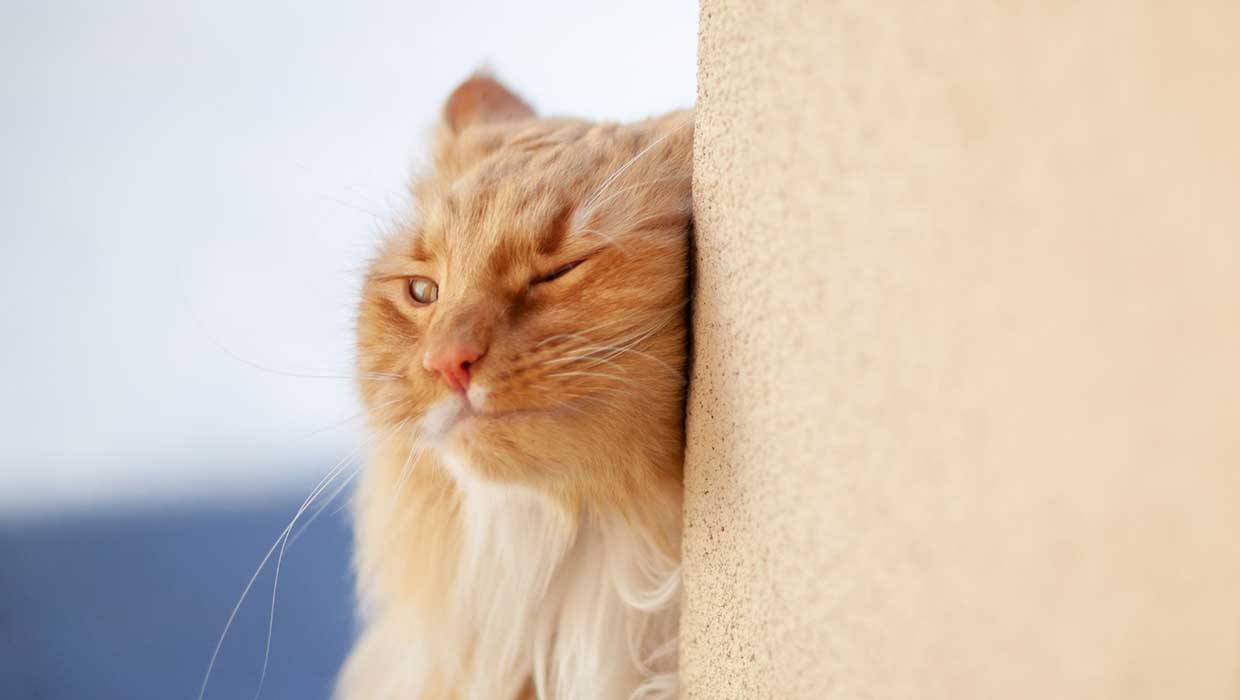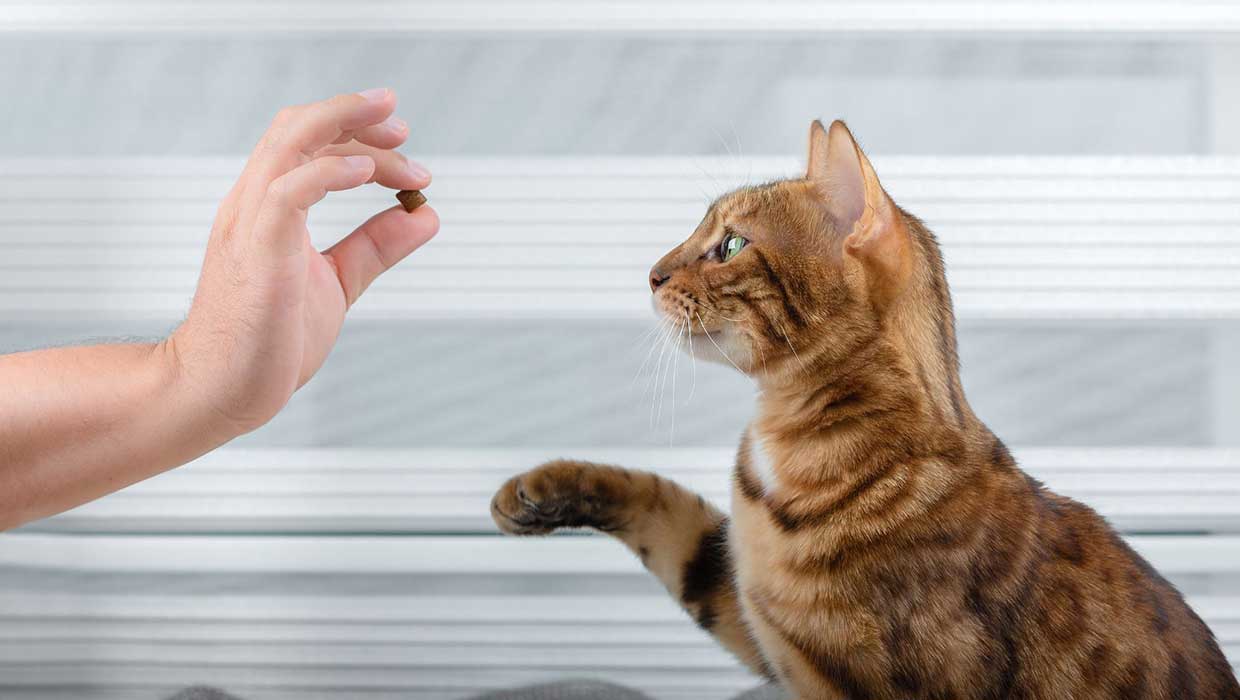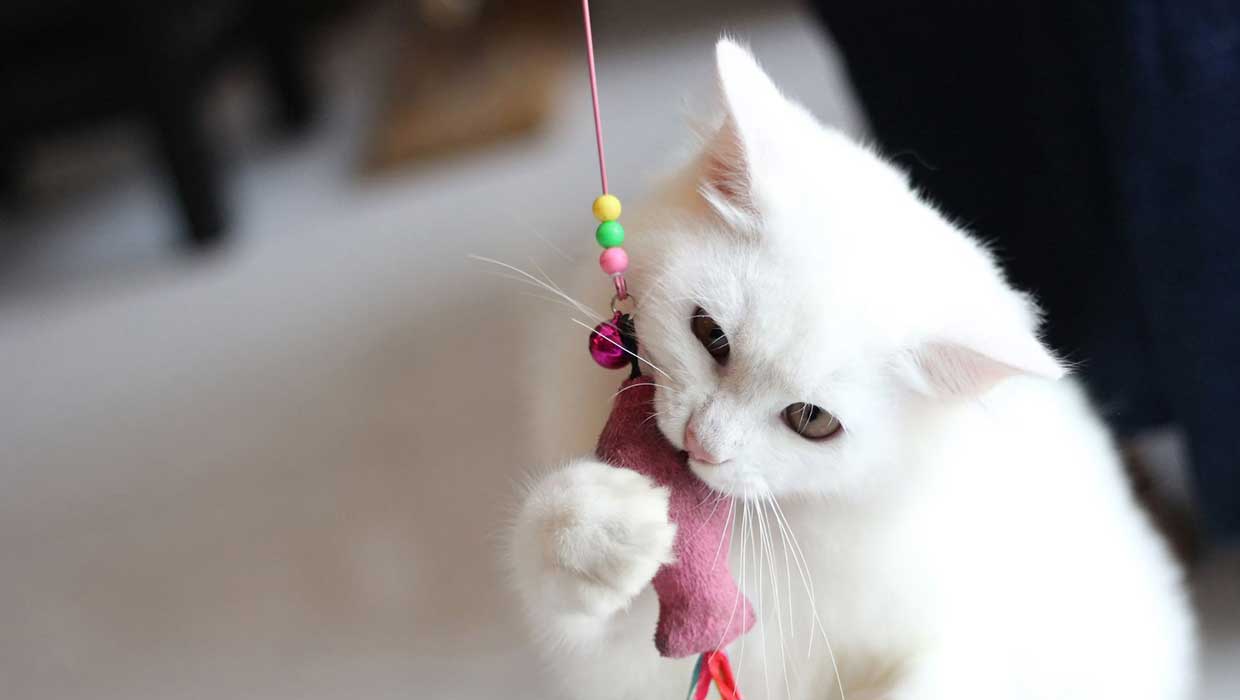Similar to humans and other female mammals, cats go through an estrous cycle, known as a heat cycle. As a cat pawrent, understanding your feline friend’s heat cycles can be confusing at first. Our team of catto experts at Maxime has put together a comprehensive guide to help you navigate through your cat’s heat cycle. Read on to learn more!
Signs and Timing
A female cat enters heat during late kittenhood, typically between 4 to 10 months of age. During this phase, she will exhibit various signs like increased vocalization and affection. Your cat may rub her body against objects and furniture more frequently, purr loudly when touched, and assume a mating position with her tail raised. Additionally, she may howl or yowl to attract potential mates, groom her genitals more often, and spray or mark her territory.
Is a Heat Cycle Painful for Cats?
Unlike humans experiencing menstrual cycles, a cat’s heat cycle is not painful. The surge of hormones during heat makes her eager to mate, but she does not shed her uterus lining like humans do.
Managing a Cat in Heat
Handling a cat in heat can be challenging, as she might be loud and restless, keeping you up at night with her yowling. If you don’t intend to breed her, the best solution is to have your cat spayed once she reaches sexual maturity. Spaying will permanently stop her heat cycles and breeding instincts, promoting a longer and healthier life while reducing the risk of unwanted pregnancies and health issues.
Tips for Managing Your Cat in Heat:
- Spay your cat under the guidance of a trusted veterinarian to prevent unwanted litters and control the cat population.
- If you have multiple cats, separate the female cat from male cats during her heat cycle.
- Avoid letting your cat outside during this period to minimize the risk of diseases and getting lost.
- Keep your cat entertained and play with her regularly.
- Offer catnip to help calm her down during the heat cycle.
Understanding the different life stages, including heat cycles, is crucial for a fulfilling life with our cattos. These tips from Maxime’s experts will assist you in managing your cat in heat effectively. Remember to provide your furry friend with a nutritionally balanced meal from Maxime Cat for their overall well-being.
References:
Is Your Cat in Heat? Here’s What You Need to Know. Tractive.com
When Your Cat Is In Heat, TheSprucePets.com



